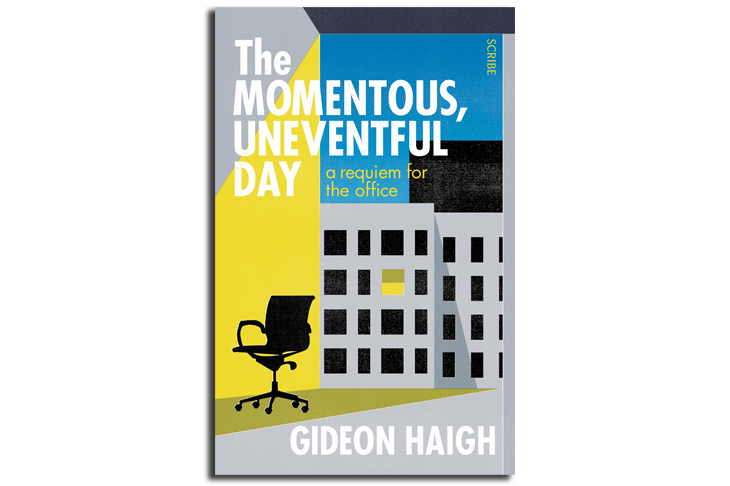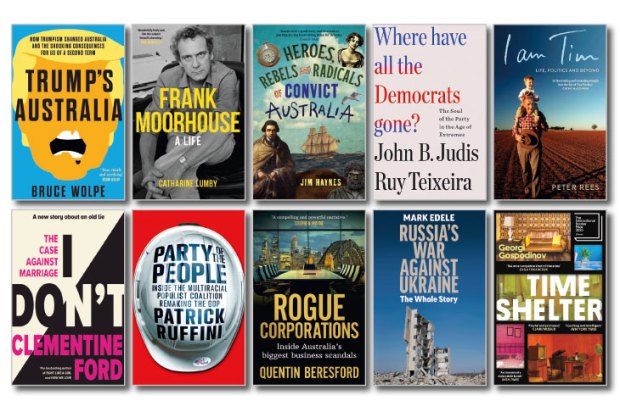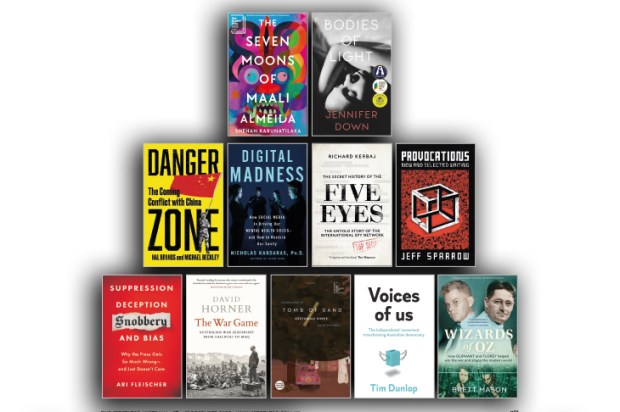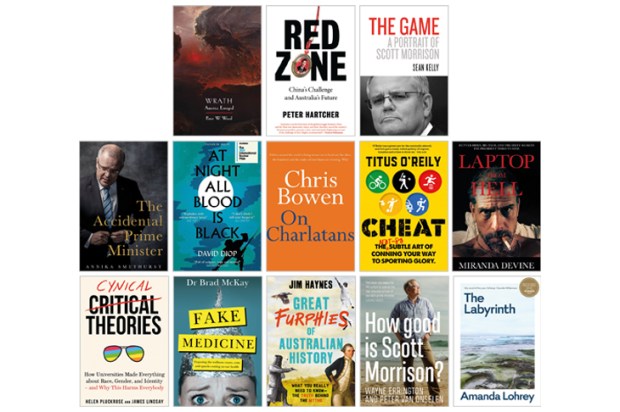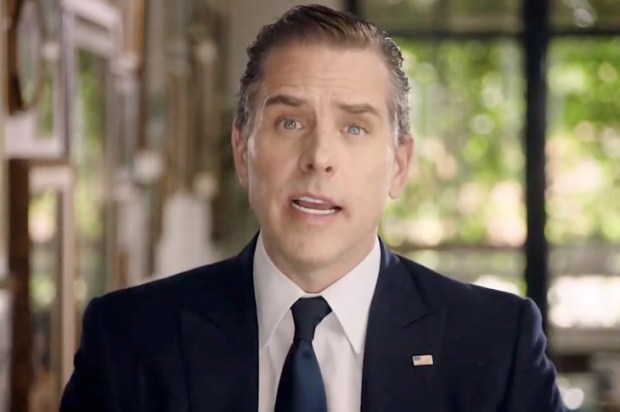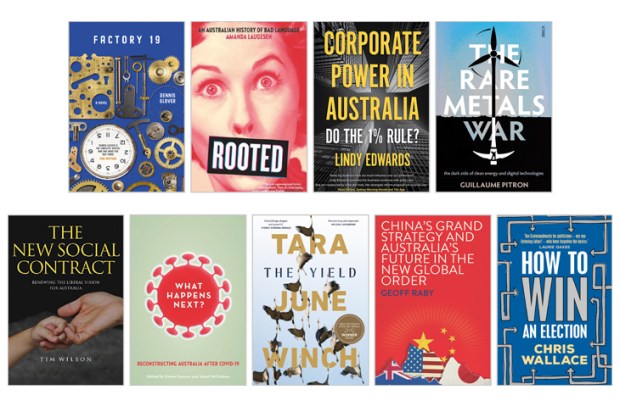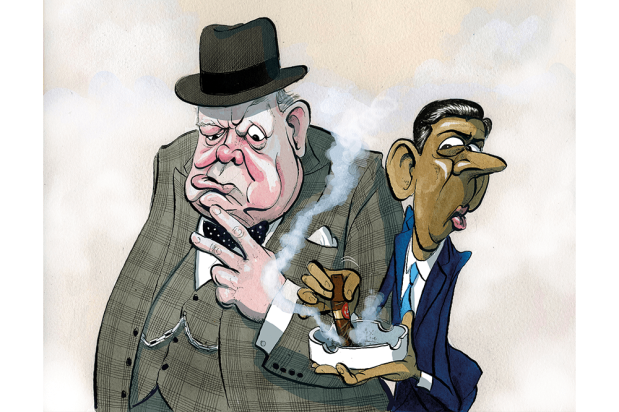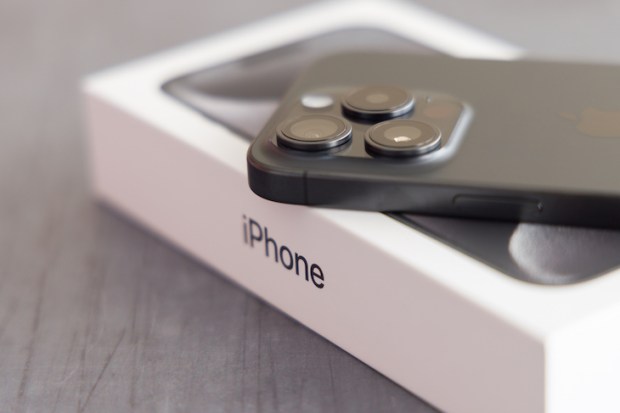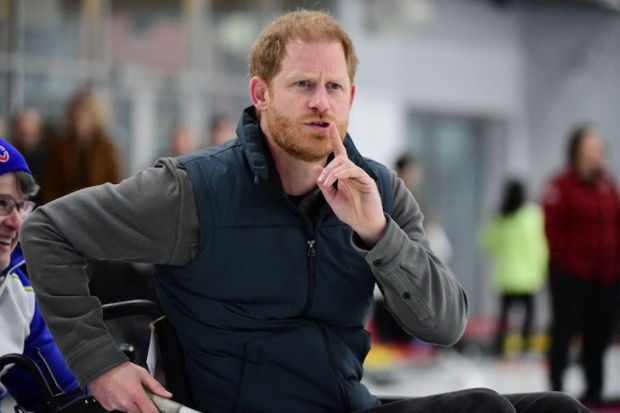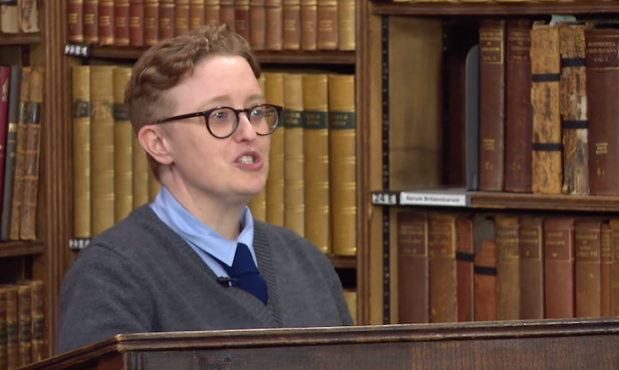For most of us, going to work means going to an office, to sit at a desk and perform bureaucratic tasks. Haigh, an experienced journalist and author, believes that the office has been the dominant cultural institution of the past hundred years, shaping both the urban environment and the modern psyche. Office work has always been defined by forms, records and procedures, and getting it all done with maximum efficiency at minimum cost has always been the task of senior managers.
Haigh draws on a wealth of business-related thinking as well as popular books and movies to illustrate the dualistic nature of all this. On the one hand the office underpins much of the process of wealth creation but the social cost often involves dehumanisation and a particular sort of mind-deadening boredom. And, of course, the time-wasting, life-consuming commute between office and home.
In many ways, the evolution of the office has been driven by technology aimed at constant improvement, from the typewriter to the photocopier to the computer to the internet. Along the way, it drew women into the workforce, giving them an income but often locking them into subordinate roles. In the decades following 1945, office administration was based largely on a military command-and-control model, and Taylorism added an extra dimension of measurement and routinisation. By the mid-1950s the administrative corporation had truly arrived. The world changed with the appearance of the cubicle. The office became a place where not much happened, but everything happened.
It was the development of IT systems that first raised the possibility of separating office work from the office. But telecommuting remained a mere novelty for a long time. Senior managers often disliked it, as it raised the possibility of workers moving outside of their control. The internet gave the idea of remote work a burst of momentum but it remained more a theory than a practice. One crucial aspect of change as the gossamer threads of the internet spread, however, was the deformalisation of the giant tech companies, as they moved from vertical skyscrapers to low-rise ‘campus’ buildings.
Haigh is clear that deformalisation was not designed to make life better for the people working there but to extract more productivity from them. This was especially important for companies where the ultimate business objective was itself morally dubious. The idea was to separate means from ends. All the plushness, the casual clothes, the free candy, says Haigh, was ‘to obscure their part in the debasement of civil society. We could call it Zuckerbergism’.
Haigh follows some issues down some interesting alleyways of the digital era, such as a discursion into office furniture and the hierarchy it implies. The office chair, notably the type called the Aeron, was not only a sign of prestige but also an indication of how much of their life the occupant was willing to put into the job, with the people putting in the most hours being the ones to keep their jobs. In other words: ‘survival of the sittest’.
Another point, in relation to non-tech companies, is the never-ending search for cost savings. This includes the amount of space available. Haigh notes that twenty years ago the average worker had about 25 square metres of space; these days it is less than ten.
But even if the office was undergoing a metamorphosis it remained an office. Working from home was increasing as an option but the trend was slow to develop.
And then there was Covid-19, and suddenly the option was a necessity. The surprise was that it worked so well, with many employees relishing the flexibility and the lack of a commute. Remote management was made possible by virtual meetings and a new level of online connectivity. Haigh cites several companies that like remote working so much they have no intention of ever returning to a physical office. After all, it is much cheaper than actually paying rent on space and buying desks. Why not pass all those costs onto the employee? Sure, they will have to foot many of the bills but they can work in their pyjamas if they want. It sounded like a fair swap.
But work from home (WFH) can have a significant downside for many employees. It means that work is invading personal space and managerial control is extending into private life. Indeed, the amount of work often expands to fill the available time. At some point, working from home can blur into living at work.
The implications of widespread WFH are profound. All those CBD office towers begin to look less like statements of corporate power and more like depreciating liabilities. The inner-city cafés, restaurants and stores that depend on the lunch-time crowd suddenly look bereft of a future. The crush of peak-hour trains is replaced by an eerie semi-emptiness. What, in the end, is a city without offices? What property developer, asks Haigh, would undertake a project such as Barangaroo in Sydney or the Docklands in Melbourne in the WFH era?
So is the office as a physical place finished, and deserving of an obituary? Actually, Haigh is not so sure. When Covid-19 ends – assuming it does – there is likely to be a measure of office re-population. But it will be less intense and very different to what has gone before. Not so much a gradual evolution as a trauma-induced leap into an uncertain future. We will probably muddle through to a hybrid of work-styles and a new urban geography. Probably.
Haigh recounts the evolution of the office with imagination and fairness, and he can turn a fine phrase when he wants to. The Momentous, Uneventful Day reads like a good story – and it is, for better or worse, the story of our lives.
Got something to add? Join the discussion and comment below.
Derek Parker is a WFH freelance writer
You might disagree with half of it, but you’ll enjoy reading all of it. Try your first month for free, then just $2 a week for the remainder of your first year.

